PREVENTION: A DEFENSE LINE BY THE PEOPLE
When people in some Western countries still hesitated to wear a facial mask, China has taken solid actions in firmly preventing COVID-19 infections, making it a proactive and vital strategy in the country's battle against the virus.
Concerted efforts were made by the country, such as conducting large-scale nucleic acid testing and promoting use of a health code, among others.
Conscious actions were also taken by the people, such as wearing masks and voluntarily avoiding the gathering of crowds.
In Chinese, prevention indicates taking an active response, similar to "nipping it in the bud" in English. Such a mindset was built based on the valuable experience gained in the head-to-head fight with the virus.
Prevention has a prominent position in China's battle against COVID-19, given that the country is a vast land with a large number of vulnerable people, unbalanced development among regions, and insufficient medical resources, not to mention the possibility of constant mutation of the virus.
The power of prevention hinges on the strength of a "people's line of defense."
From promoting vaccination and checking nucleic acid testing results to distributing epidemic prevention and control materials, together with residents, more than 4 million urban and rural community staffers across the country have been working around the clock to hold the defense line in communities over the past three years.
With over 2,600 community-level hospitals, nearly 600,000 village clinics, and nearly a million primary-level healthcare institutions, a closely collaborative and efficient public health system has been formed, injecting strong confidence into the people's line of defense.
China's COVID-19 fight offers the world three important pieces of experience: talk to the public, slow the transmission of the disease, and prepare health systems for a spike in demand, according to London-based magazine The Economist.
The essence of prevention relies on a scientific and targeted approach.
After announcing the optimized COVID response measures, China ended the services of its digital itinerary code tracking of individuals' cross-city travels, which was put into use in 2020 as part of the country's COVID-19 prevention and control measures and provided services for over 89 billion inquiries.
The code was an epitome of China's science-based and targeted epidemic prevention and control measures.
At the time of the initial outbreak of the COVID-19 epidemic, China promptly established a joint prevention and control mechanism against COVID-19, and actively carried out a society-wide prevention and control effort.
Thanks to a series of targeted prevention and control measures, community transmissions were stopped within two weeks in the Ejina Banner of the Inner Mongolia Autonomous Region when the Delta variant wreaked havoc in the area. Amid a sudden attack of the Omicron variant in Shanghai, a bubble tea shop became the smallest "risk area" in the country due to targeted and science-based measures.
Continuous efforts were made to improve China's capability in fighting the epidemic in science-based and targeted approaches with differentiated measures. The country switched from stressing early detection, quarantine and treatment to defining medium and high-risk regions and containing groups at risk in a science-based manner. It also moved from highlighting the prevention of inbound cases and domestic resurgences, to shifting the management of COVID-19 with measures designed for combating Class B infectious diseases from Class A.
Such endeavors enable the country to withstand the impact of multiple rounds of global pandemics, and more importantly, establish the defense line of immunity for the whole population.
After the outbreak of the epidemic, China boosted the research and development of vaccines. By the end of 2020, the country's first vaccine against COVID-19 was given conditional approval for general public use.
By the end of last year, more than 3.46 billion COVID-19 vaccine doses had been administered on the Chinese mainland, with over 90 percent of the population fully vaccinated.
Based on active evaluation and dynamic adjustment of the epidemic response measures, China has rolled out 10 editions of COVID-19 control protocols in the past three years, revealing the spirit of seeking truth from facts in the country's epidemic response policies.
COORDINATION: THE SYNERGY BETWEEN COVID RESPONSE AND DEVELOPMENT
Striking a balance between imposing COVID controls and ensuring development is a thorny problem for all countries. It requires overall planning for both the present and the long term, and a section and the whole, always under difficult situations.
In its three-year-long COVID fight, China has explored a way that successfully kept the epidemic under control, and the economy sustaining growth, without compromising security.
With companies racing to complete orders, foreign investors still confident and the economy gaining momentum, China's three years of efforts to coordinate epidemic prevention and control with economic and social development needs have borne fruit.
Despite the COVID impact, China waged and won a critical battle against poverty and hosted as scheduled the Beijing 2022 Olympic Winter Games and the Beijing 2022 Paralympic Winter Games. Previously, the Tokyo Olympics were postponed due to the pandemic.
If there was a gold medal for epidemic prevention and control, China should have gotten one, Belgium's Para Alpine skier Linda Le Bon said.
In its effort of coordination, China ensured stability in financial operations, foreign trade, foreign investment, domestic investment, and expectations, as well as security in terms of jobs, basic living needs, operations of market entities, food and energy security, stable industrial and supply chains, and the normal functioning of primary-level governments.
In the middle of the fierce battle against COVID last year, a leading auto parts manufacturer in Shanghai, 30 percent of whose production capacity was for European and U.S. markets, spared no effort to ensure supply of urgent and export orders, with 1,200 employees living in the factory.
Thanks to its effective coordination in the past three years, China effectively handled the impact of five rounds of global pandemic outbreaks and maintained an average annual growth rate of about 4.5 percent, significantly higher than the world average.









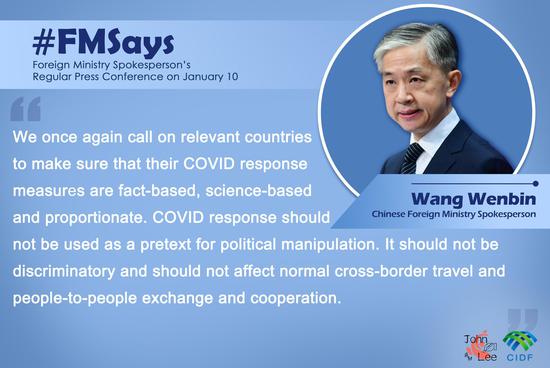
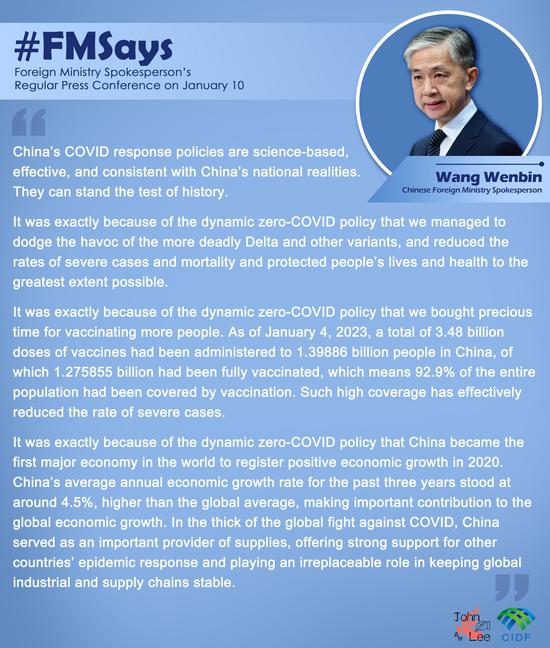
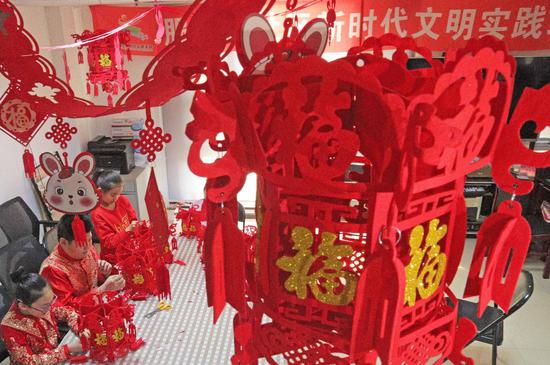
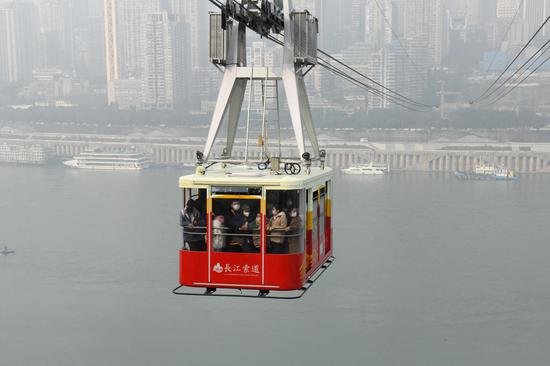
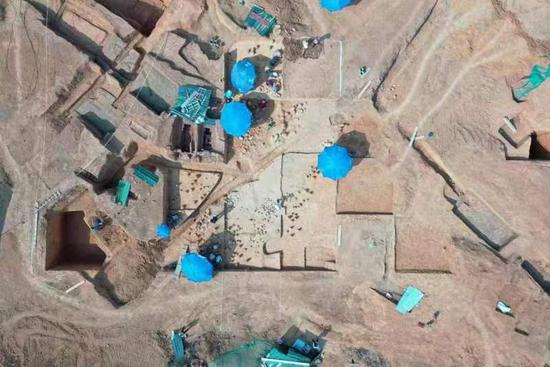




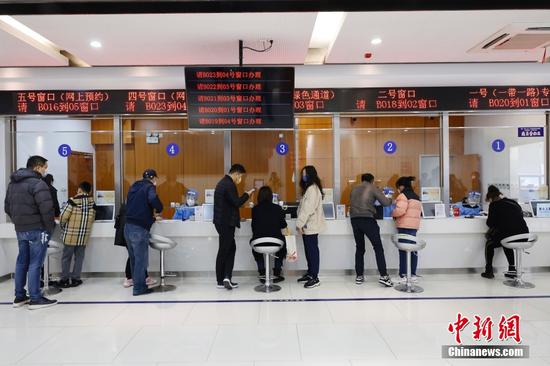
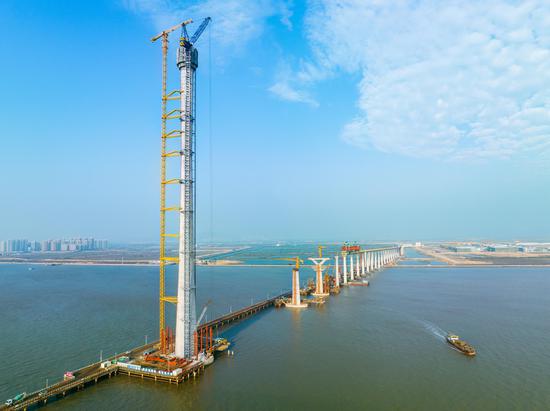

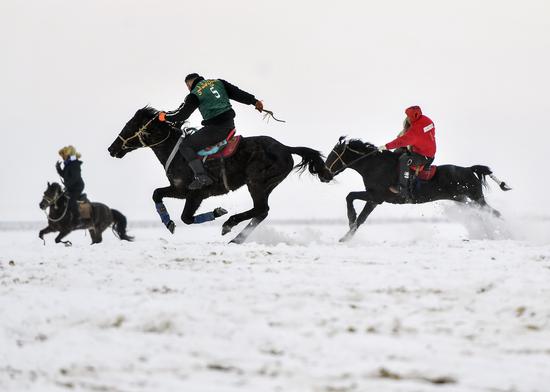
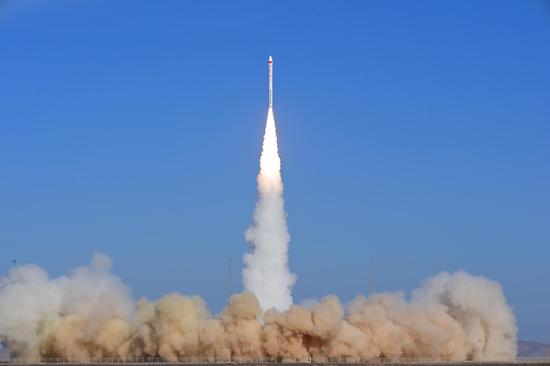

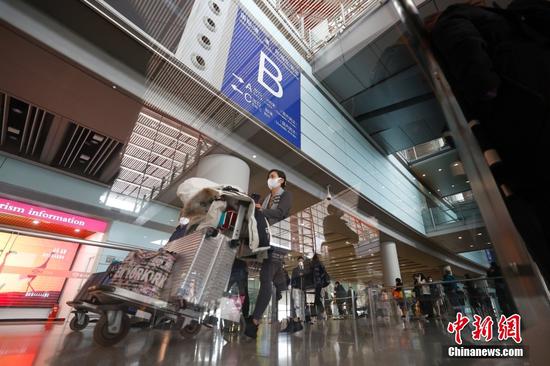

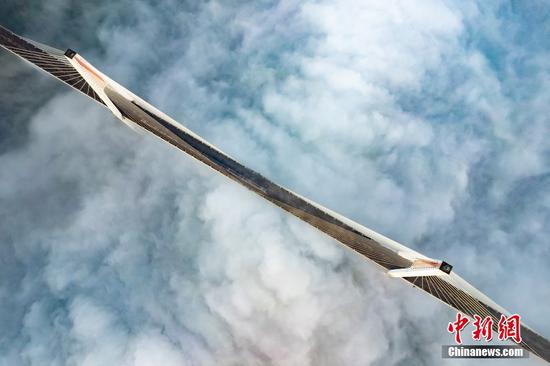
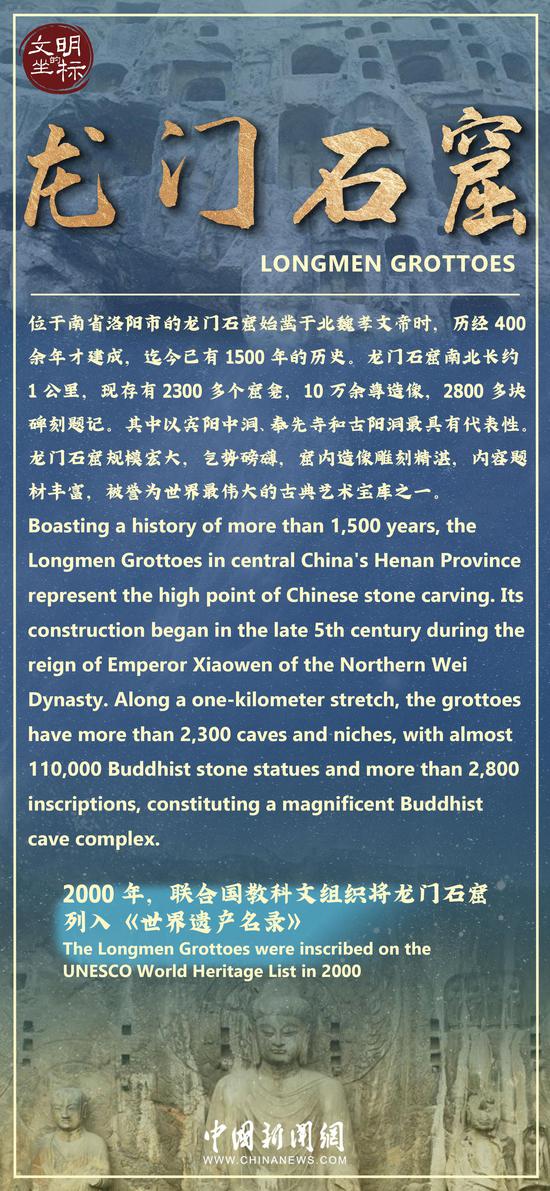
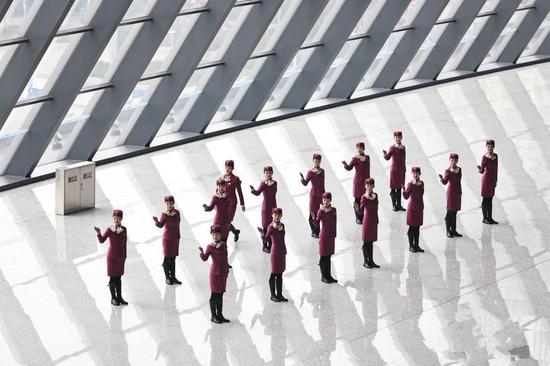
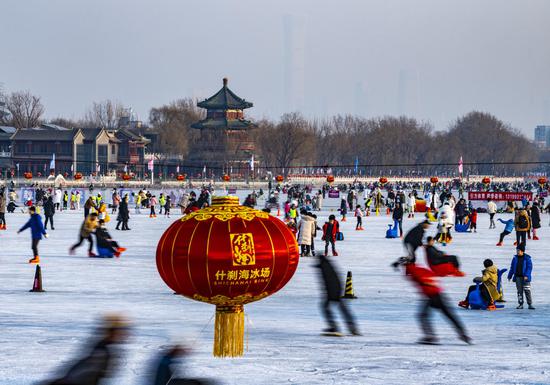
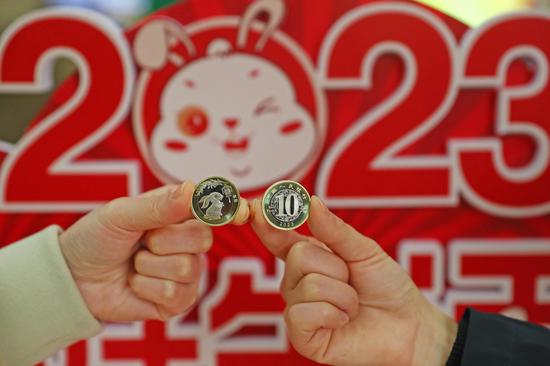
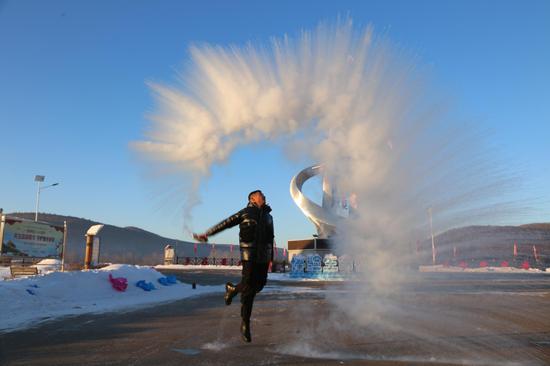
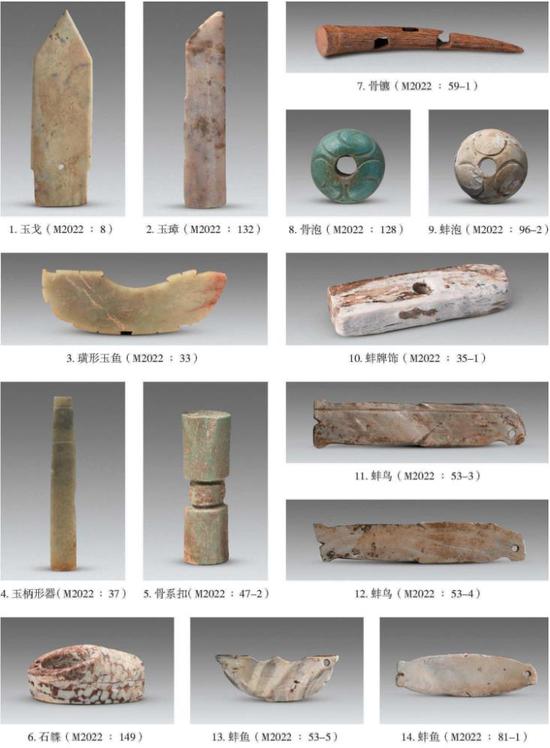

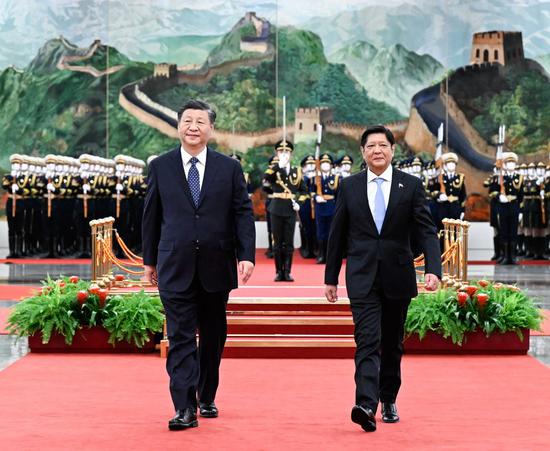
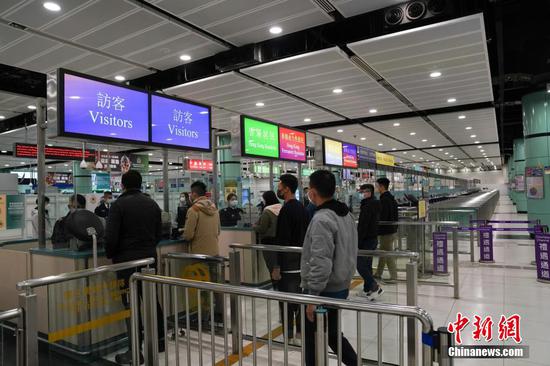
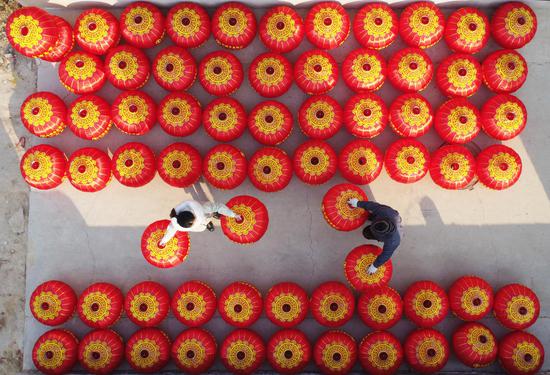
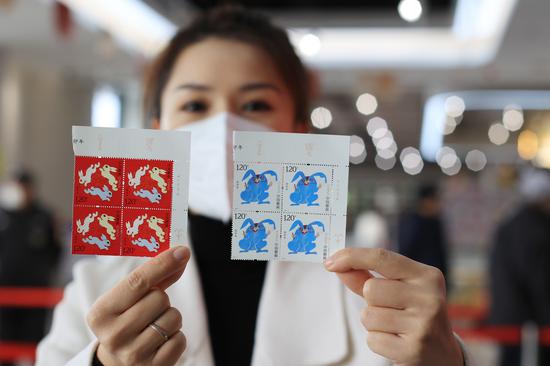
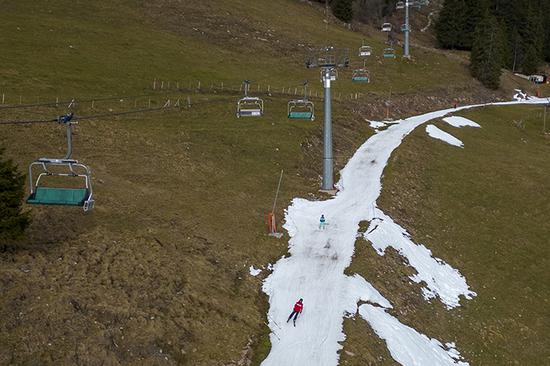
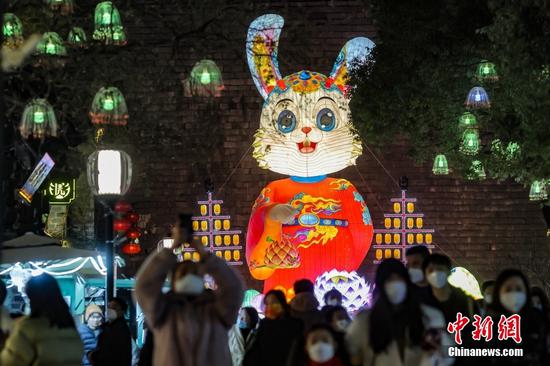
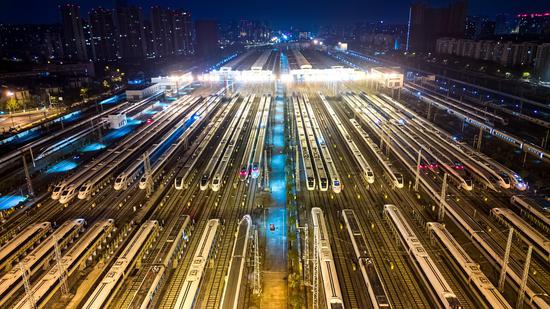





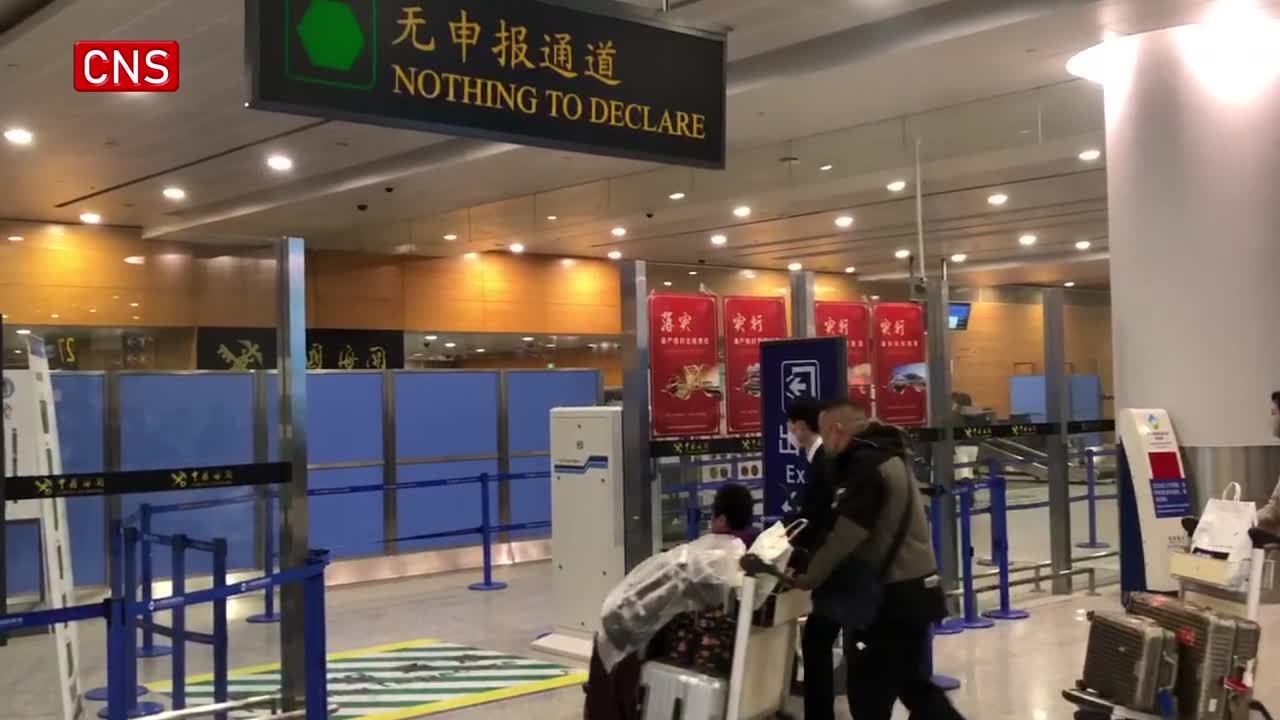



 京公网安备 11010202009201号
京公网安备 11010202009201号